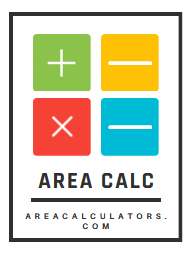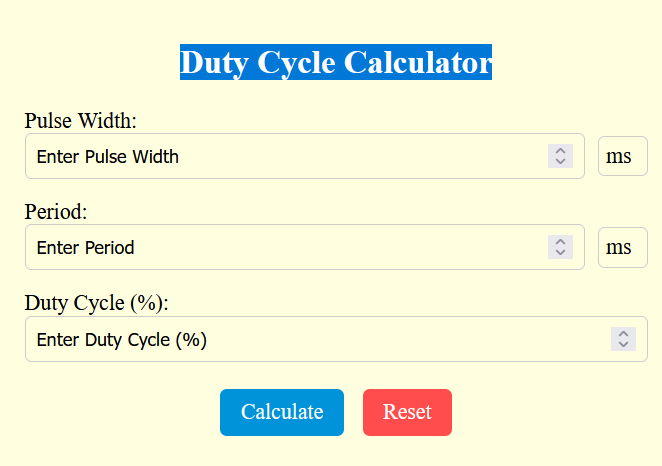Simply divide the number of teeth on the driven sprocket by the number of teeth on the drive sprocket to find the ratio.
The Sprocket Ratio Calculator is an essential tool for optimizing the performance of motorcycles, bicycles, or other gear-driven vehicles. This calculation helps adjust the balance between speed and torque. A lower ratio enhances acceleration, while a higher ratio increases top speed.
Formula
SR = T1 / T2
| Variable | Description |
|---|---|
| SR | Sprocket Ratio |
| T1 | Teeth count on the rear (driven) sprocket |
| T2 | Teeth count on the front (drive) sprocket |
Solved Calculations
Example 1: Calculate the Sprocket Ratio for a Bicycle
| Step | Value |
|---|---|
| Rear Sprocket Teeth (T1) | 44 |
| Front Sprocket Teeth (T2) | 22 |
| Sprocket Ratio (SR) | 44 ÷ 22 = 2 |
Example 2: Motorcycle Sprocket Ratio Calculation
| Step | Value |
|---|---|
| Rear Sprocket Teeth (T1) | 50 |
| Front Sprocket Teeth (T2) | 15 |
| Sprocket Ratio (SR) | 50 ÷ 15 = 3.33 |
What is Sprocket Ratio ?
The Sprocket Ratio Calculator is an essential tool for determining the ratio between the sizes of the front (drive) and rear (driven) sprockets in mechanical systems such as bicycles, motorcycles, or go-karts. This ratio directly influences speed, torque, and overall performance.
To calculate the sprocket ratio, divide the number of teeth on the driven sprocket by the number of teeth on the drive sprocket.
For example, if the rear sprocket has 50 teeth and the front sprocket has 10 teeth, the sprocket ratio is 5:1. A higher ratio increases torque but reduces speed, while a lower ratio does the opposite.
This calculator is particularly useful for optimizing performance based on your specific needs, whether for high-speed racing, hill climbing, or daily commuting.
It also simplifies comparisons between different sprocket sizes, helping you choose the best combination for your application.
Final Words:
In essence, the Sprocket Ratio Calculator simplifies performance adjustments by providing accurate sprocket ratios. It's a valuable tool for enthusiasts and professionals looking to fine-tune their mechanical systems.





